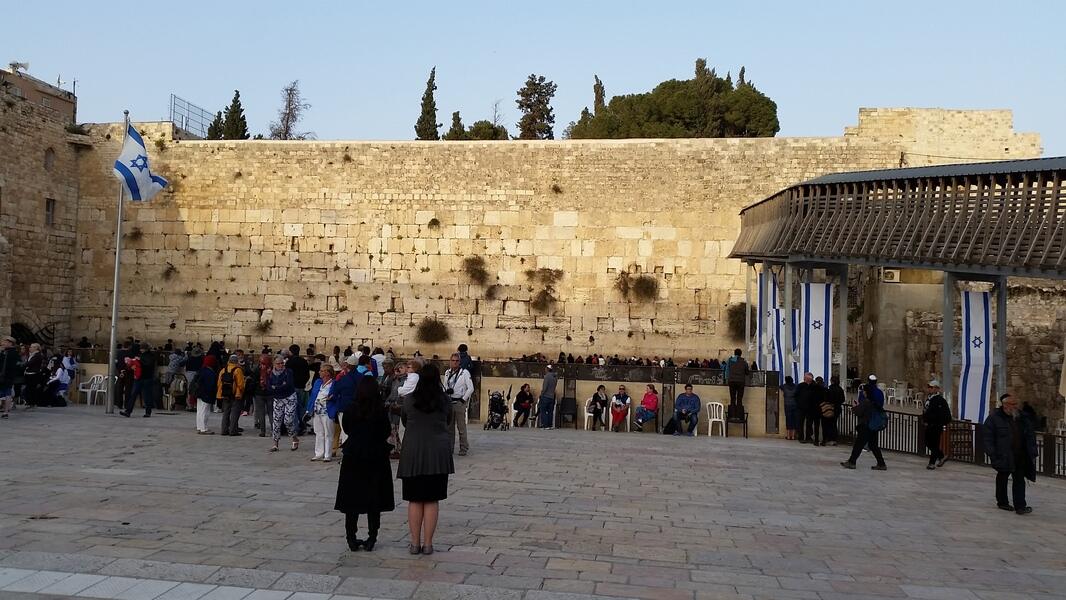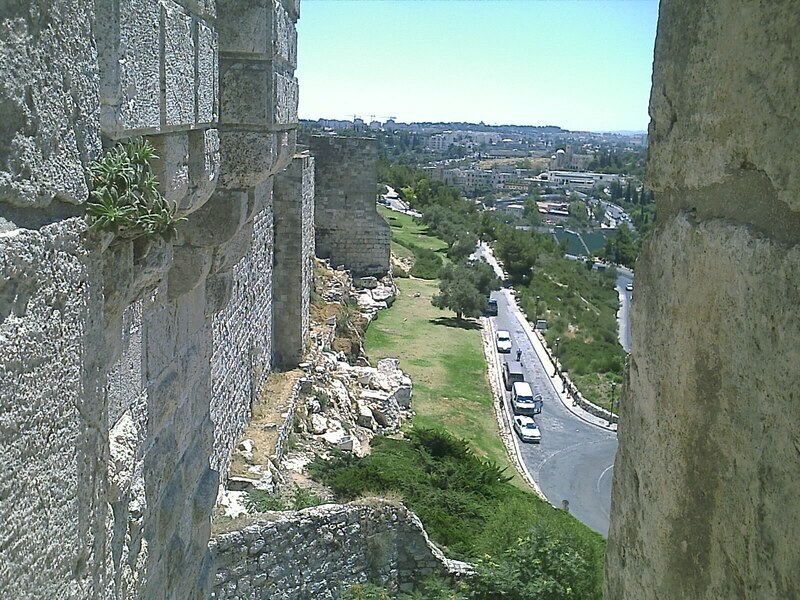Purim
|
by PJ
|
|
by PJ
|
JEWISH FEASTS
Tisha B'Av
Sundown August 2 - Sundown August 3
Tu B'Av
Sundown August 8 - Sundown August 9

Walking In Unityby Molly WingardJoy In The Lord Ministries - Redfield, AR Webster Dictiona...
Read More
Restoration Is A Great Gift Of G-d! by PJ "Sticks and stones may break my bones but words w...
Read More
...And That's Not Some Lottoby PJ Recently we received a prayer request that made me realize how mis...
Read More"Ultimately, when we don't forgive those who have sinned against us, we have no gospel to preach because the message of G-d IS forgiveness." ~ PJ
Opsterland St 4 Ra'anana 4311002 |
SIGNS AND WONDERS
Prayer Links

Prayer Request To Signs And Wonders